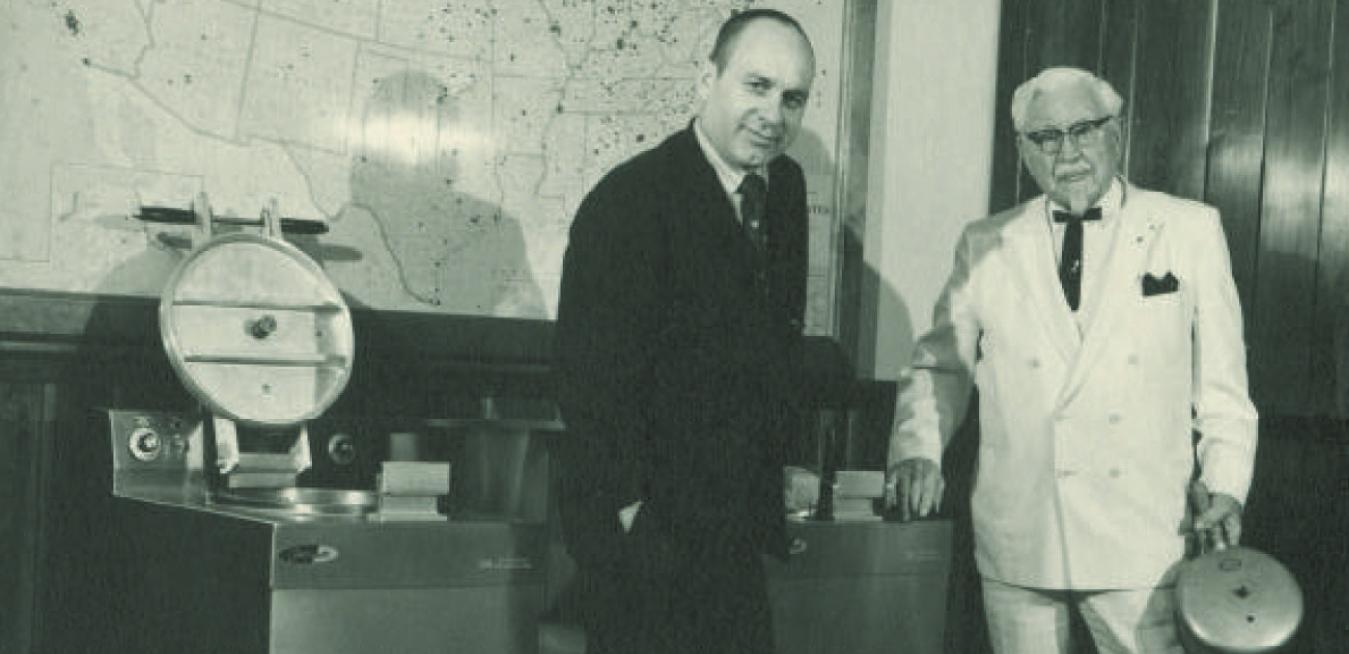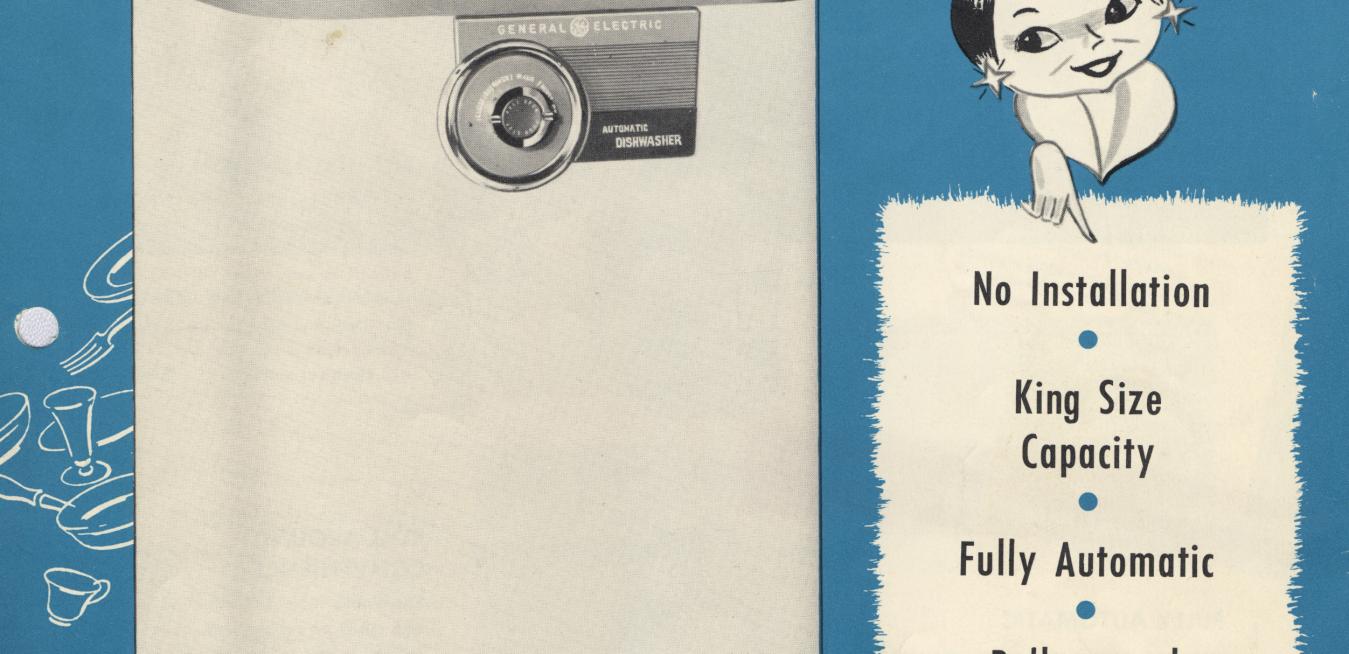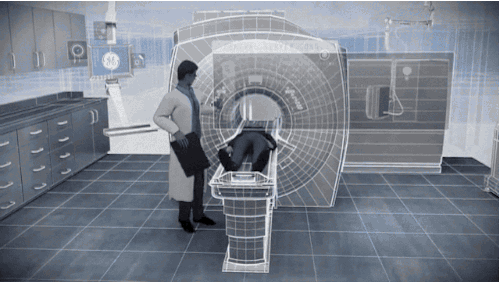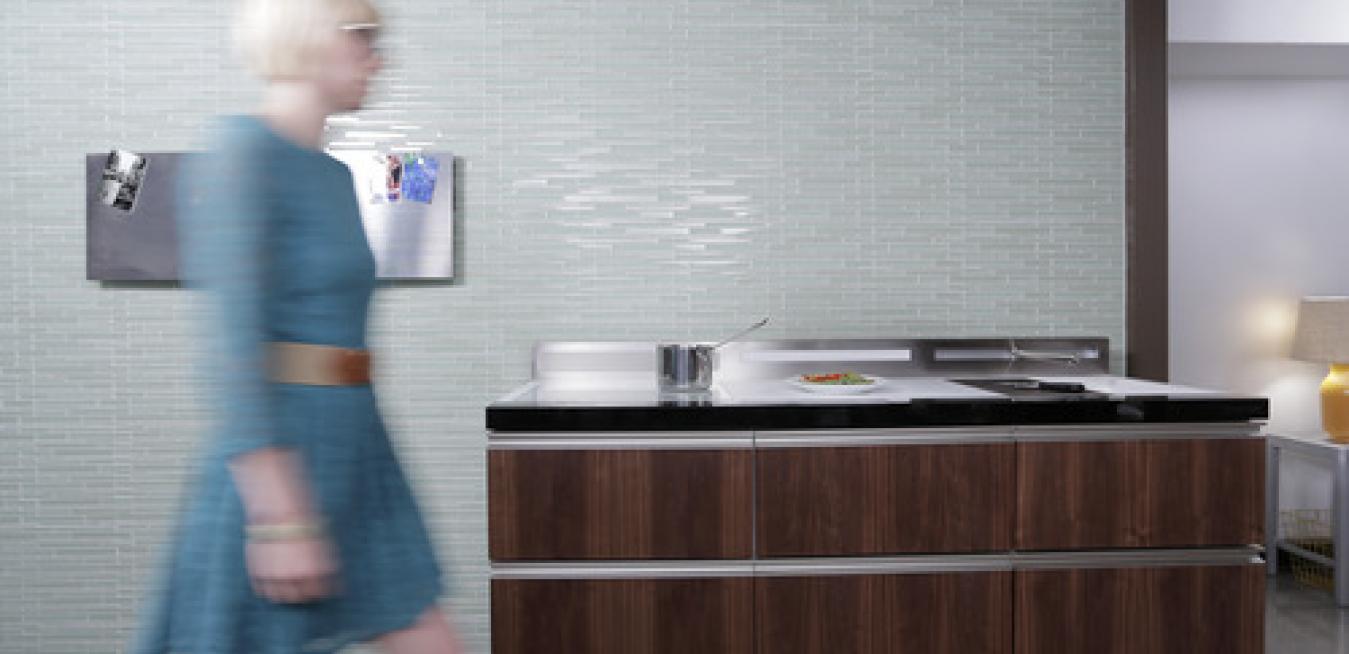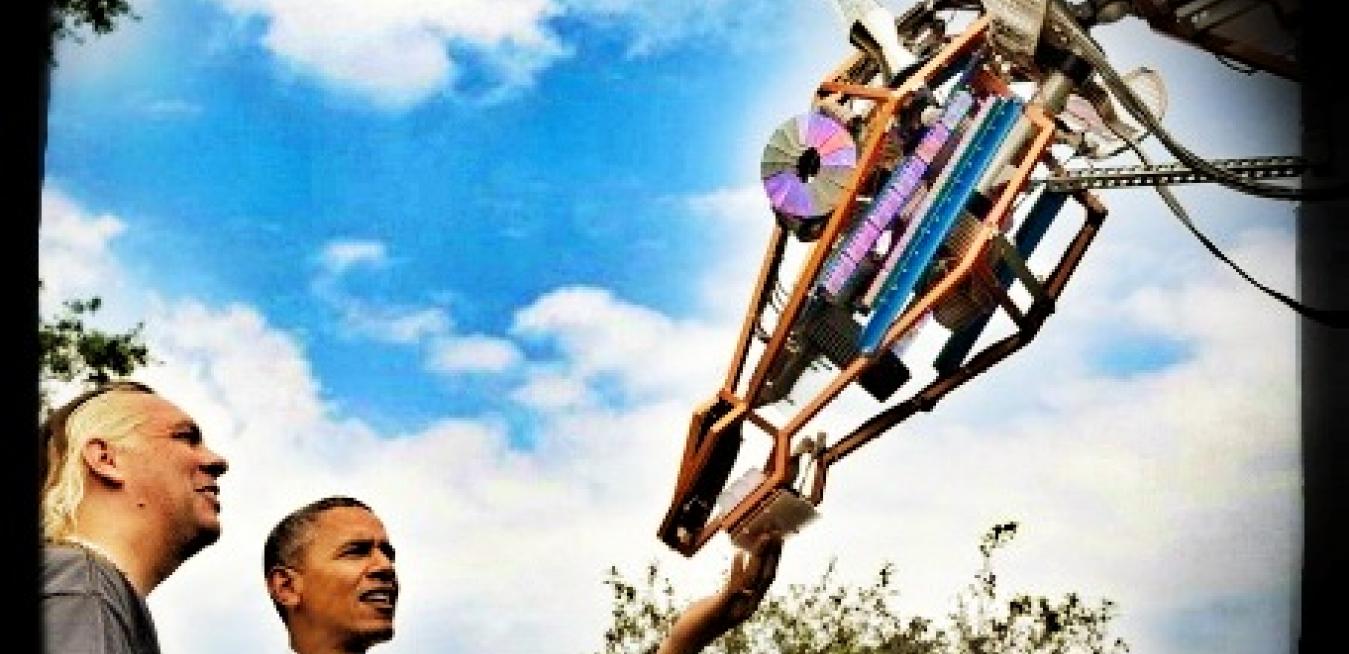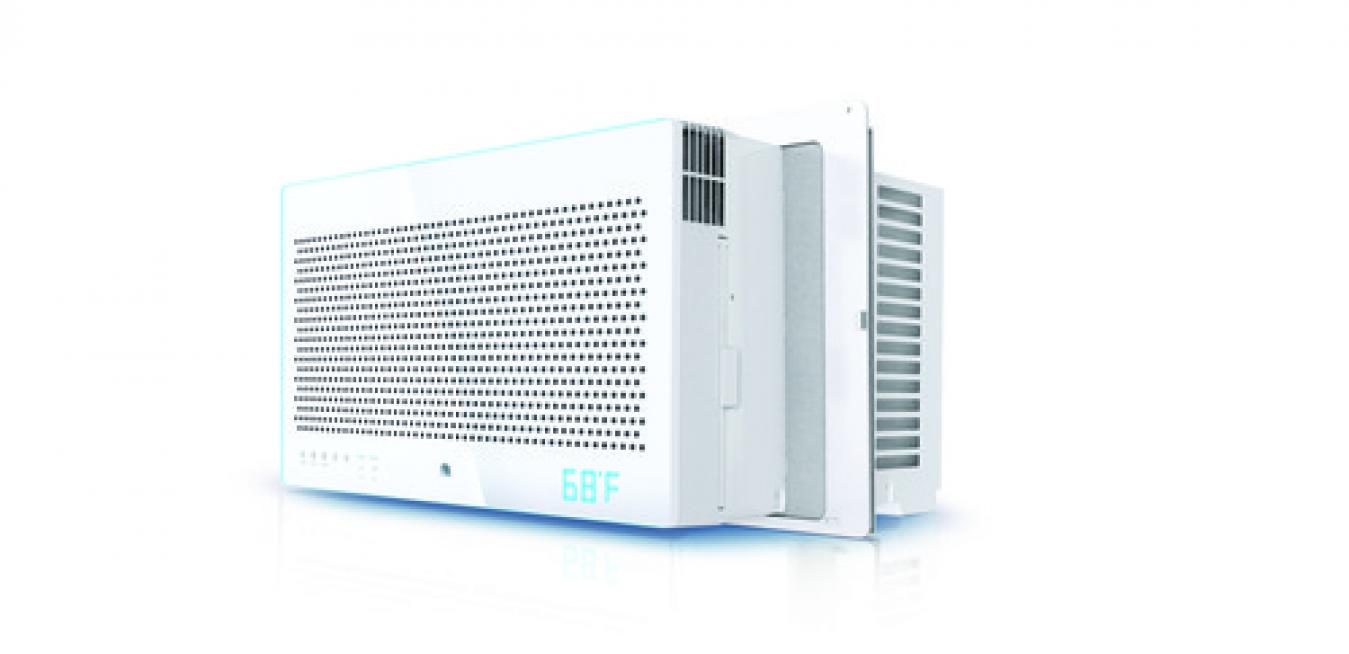As a small boy in the 1920s, Winston Shelton spent much of his time fashioning whimsical contraptions, like an underwater exploration helmet, from junk collected at his father’s West Virginia gas station. When he wasn’t tinkering, the boy worked alongside his mother at the roadhouse diner she ran next door. Little did his parents realize they had created the perfect laboratory to mold their son’s career.
GE will sell its Appliances business to Sweden’s Electrolux in a strategic move that boosts the focus on the company’s core industrial units. The $3.3 billion, all-cash deal follows GE’s recent bid to acquire the power and grid businesses of the French industrial giant Alstom.
Whether by choice or necessity, many Americans are moving to cities and living small in neighborhoods like downtown L.A. or Brooklyn’s Greenpoint. Home appliance designers are working hard to make sure modernity can move in with them.
Few of us think of how a refrigerator works when we reach inside for a can of cold soda. When we do, our memory might bring up compressors pumping chemical coolants. But Venkat Venkatakrishnan and his team are thinking about magnets. Their new magnetic cooling technology could soon upend the very foundation of modern refrigeration.
When Garthen Leslie worked at the Department of Energy, his job was to conserve resources. But at home, his air conditioner was wasting them. “I was tired of choosing between wasting energy or suffering through the stuffy summer heat.” His summertime dilemma got him thinking about developing a smart AC that he could control from his office.
Jay Rogers, a former marine with an MBA from Harvard, and his friend Jeff Jones were still in business school when they hit upon an idea that could one day remake American manufacturing. In 2008, they started an online car company where people could collaborate on design and build their vehicles in a network of local “microfactories.” They called it Local Motors.
